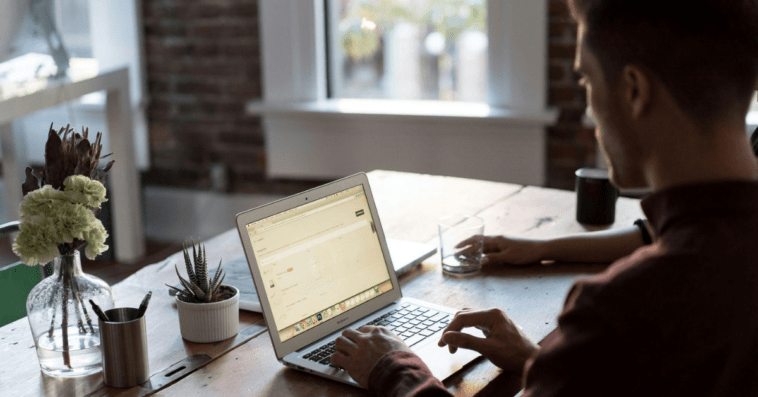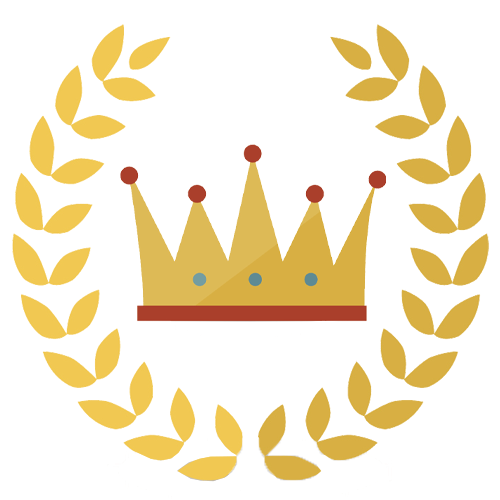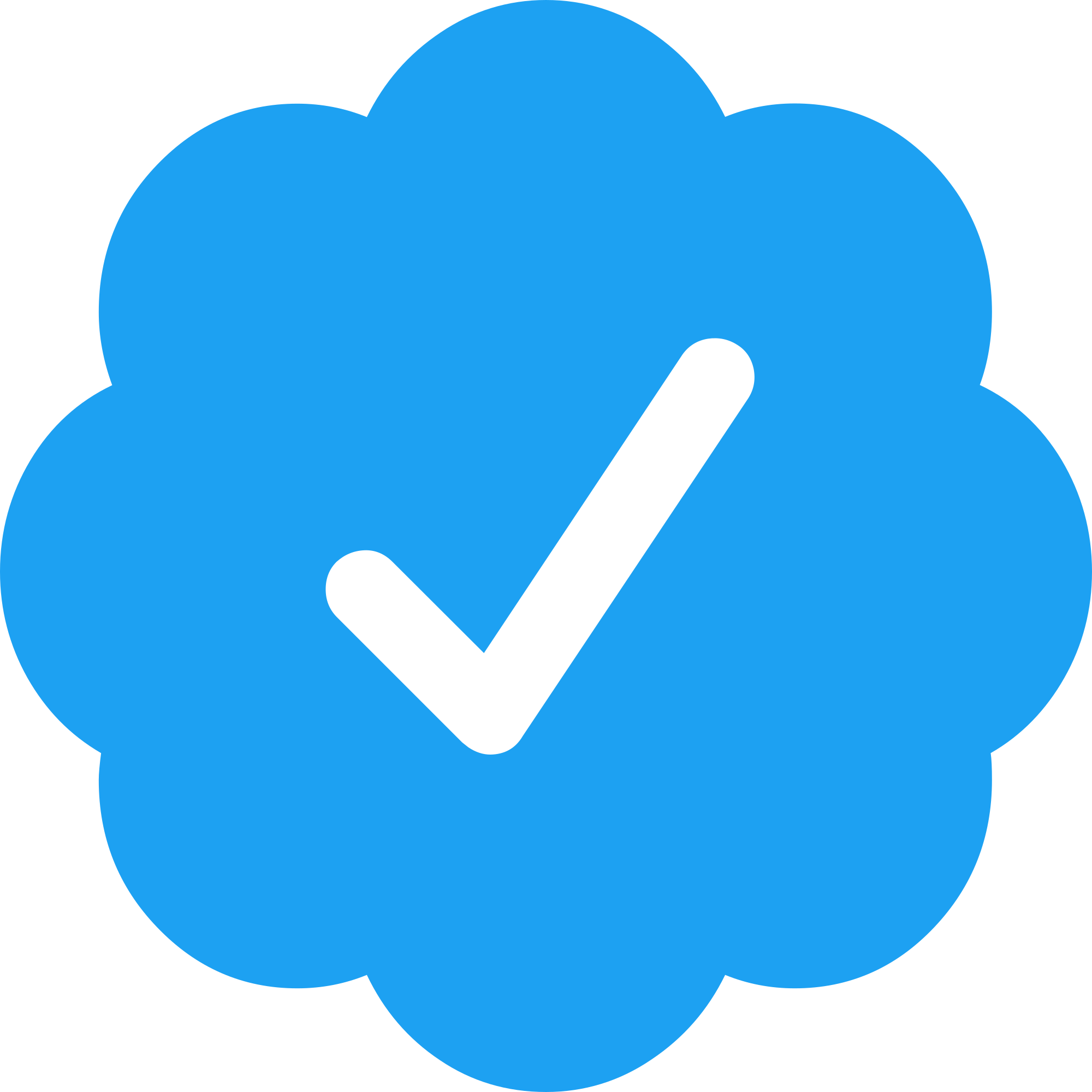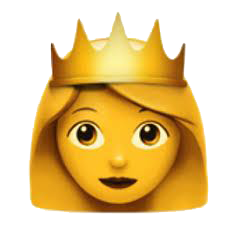Knowledge is power, and the greatest spreader of knowledge – the media – has never had as many channels to market as it does now, nor has the news cycle ever worked at the incredible speeds we are seeing today.
And although this has contributed to kids and adults alike being the most tech-savvy we have seen in generations, by design it has also allowed them greater access to the dangerous spread of misinformation.
This misinformation may be in the form of websites igniting hate, conspiracy theories or propaganda, and their pure existence is why good media literacy is more important than ever.
But what exactly is media literacy, and why is it important we can discern content written by those with the appropriate qualifications like a Masters in Journalism to content written by John Doe who lives around the corner? Let’s step into the world of what media literacy is, why it is important, and how you can work to improve your media literacy skills.
What is media literacy?
Media literacy is the ability or skill to critically analyze news and stories reported in the media, and be able to determine their accuracy or credibility effectively. It is in essence, the ability to determine what content is real or accurate, as opposed to content that exists to spread fear, lies or misinformation.
Media literacy is a learned skill and can take years of conscious practice to master. Being able to generate insightful commentary on media content allows one to think critically, analyze the information presented, and draw conclusions – all very important skills in the current world.
Why is media literacy important?
American consumers spend approximately eight hours of their day with digital media – roughly double the time invested in other more ‘traditional’ formats. This shift towards digital media began in 2018 and has been growing upward ever since.
With such large amounts of time spent online, the average consumer is more exposed than ever to inaccurate messages and misinformation, preventing them from becoming empowered with accurate knowledge and even negatively impacting their health and well-being.
Many social media platforms in particular have launched themselves as the place to get your daily news fix. There is a significant issue with this however, as social media is not designed to inform people – it exists to capture consumer attention to generate clicks, views and shares for advertisers. Instead of hard-hitting, accurate news, you are far more likely to encounter violent, divisive or disturbing content designed to generate strong emotional reactions and increase the likelihood of engagement, all with the aim of monetizing. The messages, images, experiences and human interaction gained from social media can shape an individual’s beliefs, attitudes, values and identity. If the content is negative or dangerous in nature, this can be detrimental to these core elements and result in poor mental and even physical health.
Along with the increased media consumption, quickening news cycles and the dramatic rise in hate-inducing and conspiracy-led content are two other reasons media literacy is becoming increasingly important. Navigating this type of content during significant world events like the upcoming US presidential election is important to ensure a healthy and well-functioning democracy. It enables the populace to understand and contribute to public discourse effectively and ensure they make sound decisions when electing their leaders that are based on critical analysis of all media. “The best weapon we have in this time of fake news is media literacy.”
If we are unable to discern fact from fiction, it not only threatens our basic well-being on a personal basis but also within the context of our greater society.
How to become more media literate
Like reading, writing or math, media literacy is a learned skill. Being media literate relies on acquiring the tools to consume, evaluate, critically analyze, and avoid manipulation when engaging with content.
Unfortunately, these skills are not always taught at a young age, which is having a significant impact on our youth as the age barrier to media content continues to decline. There are however, some simple and practical tips you can embrace and share with your loved ones to be better armed and work towards becoming more media literate.

There are simple and practical tips you can use to increase your media literacy. Photo by John Schnobrich on Unsplash.
Review who authored the content
Reviewing who wrote or created the content is important. It could be an individual, a representative from a corporation, a political figure or an activist. Understanding who the author is can help you determine what their agenda may be, or if the content may be affected by bias based on other content created by them.
Ask why the content was created
Content may be created to inform. But it can also exist to persuade, entertain or sow seeds of disdain. Always ask yourself why the content was created and remain skeptical when reviewing its intended versus actual purpose.
Determine if the content is credible
Credibility is an important part of being media literate. Do your own research and look for direct evidence of the claims the author is making including the statistics, quotes, infographics and even the sources used in the content.
Consider if the content is bias
Some media outlets will only give one side of a story while omitting opposing views. To ensure you get the full picture, stay on top of the media landscape across the board, not just from a single outlet.
Keep your own biases in check
Despite the best of intentions, it can be hard to keep your pre-determined biases in check when reviewing content. Attempting to keep an open mind, and having the ability to critically review all points of view is vital to good media literacy. In the same way you must actively review author or media outlets bias, you must also review yourself in order to be truly media literate.








Comments